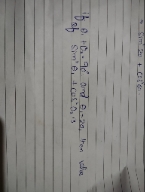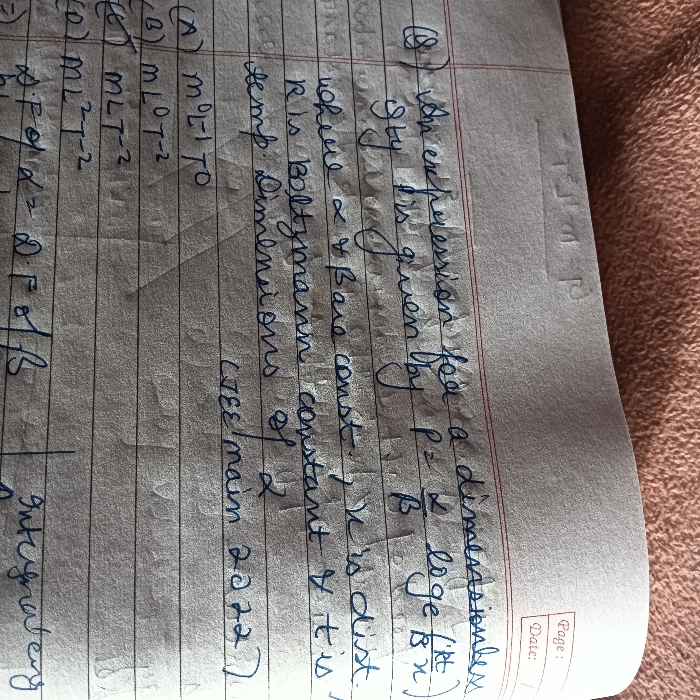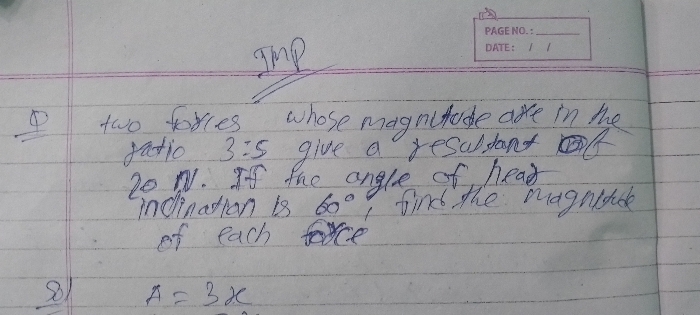CBSE Class 11-science Answered
A vernier caliper outputs measurement readings in centimetres (cm) and it is precise up to 2 decimal places (E.g. 1.23 cm).
Measurement Reading Technique For Vernier Caliper
In order to read the measurement readings from vernier caliper properly, you need to remember two things
before we start.
For example, if a vernier caliper output a measurement reading of 2.13 cm, this means that:
(E.g. 2.1 cm, whereby 2 is the main number and 0.1 is the one decimal place number)
Let’s examine the image of the vernier caliper readings above.
We will just use a two steps method to get the measurement reading from this:
- To obtain the main scale reading: Look at the image above, 2.1 cm is to the immediate left of the zero on the vernier scale.
- Hence, the main scale reading is 2.1 cm
- To obtain the vernier scale reading: Look at the image above and look closely for
- In the image above, the aligned line correspond to 3. Hence, the vernier scale reading is 0.03 cm.
In order to obtain the final measurement reading, we will add the main scale reading and vernier scale reading together.
This will give 2.1 cm + 0.03 cm = 2.13 cm.
Let’s go through another example to ensure that you understand the above steps:
Main scale reading: 10.0 cm (Immediate left of zero)
Vernier scale reading: 0.02 cm (Alignment of scale lines)
Measurement reading: 10.02 cm
Compensating For Zero Error
Now, we shall try with zero error. If you are not familiar on how to handle zero error for vernier calipers,
The reading on the top is the measurement obtained and the reading at the bottom is the zero error.
Find the actual measurement. (Meaning: get rid of the zero error in the measurement or take into account the zero error)
Measurement with zero error: 3.34 cm
Zero error: – 0.04 cm (negative because the vernier scale is to the left)
Measurement without zero error : 3.34 - (-0.04) = 3.38 cm
Since the zero error is -0.04 cm, this means that all measurements taken by the vernier calipers will be SMALLER by 0.04 cm.
Hence, you will have to ADD 0.04 cm to ALL measurements in order to get the TRUE measurement.
The subtraction is done in the above case is to have an elegant way of obtaining a resultant addition: 3.34+0.04=3.38
and to make it COMPATIBLE with positive zero error.
This means that once you have determined the nature of the zero error (positive or negative),
you can just subtract the zero error and be sure that your final answer is correct.
Consider a zero error of +0.04 cm.
Since the zero error is +0.04 cm, this means that all measurements taken by the vernier calipers will be larger by 0.04 cm.
Hence, you will have to SUBTRACT 0.04 cm from ALL measurements in order to get the true measurement.
The final calculation will be 3.34-(+0.04) = 3.30 cm







